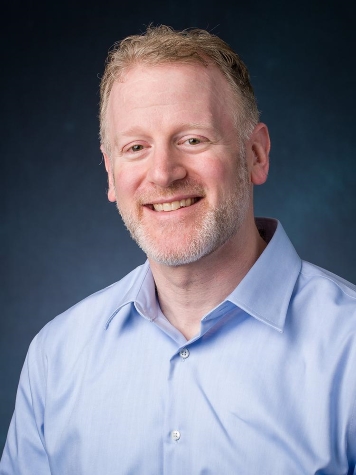Solving the toughest clinical challenges with agility and empathy

Developing innovative solutions that address the most pressing clinical challenges requires curiosity, collaboration and engagement with physicians in real-world clinical settings. We spoke with Dave Knapp, Vice President of R&D for the Boston Scientific Peripheral Interventions (PI) Vascular team, to learn about how his team utilizes agile approaches and empathy in engineering to address complex and often life-threatening conditions, including pulmonary embolism (PE) and deep vein thrombosis (DVT)-related blood clots.
How does your team engage with physicians to understand clinical needs to focus on solving the most critical problems?
Boston Scientific serves many vascular specialties, including interventional cardiologists, interventional radiologists and vascular surgeons, as well as sub-specialties within these groups. The only real way to understand how these physicians are using our products is to see them in action in their clinical environment, which includes both hospital and office-based locations. Empathy in the R&D process is about putting ourselves in the shoes of the physicians that are using our devices, as well as the patients who are receiving the therapies. This approach illuminates priorities and where we need to focus.
What systems and processes do you rely on to promote agility and keep new ideas moving forward?
Most people don't understand the degree to which innovation is a process. Our team talks a lot about focusing on the patient, taking smart risks, challenging the status quo, and winning as a team. This mindset is fundamental to innovation. I’ve also tried to encourage not being afraid to fail fast. If we fail fast, we can learn and pivot fast. Doing this well requires critical thinking and asking the right questions early in the process. When we spend time upfront being curious and applying the rigor to accurately define the precise clinical need, everything else goes faster and we don't waste time trying to solve the wrong problem.
We also iterate quickly through prototypes and get feedback from company experts and physicians and collaborate with outside innovation incubators and accelerators.
What are the most significant clinical challenges in PI and how do our devices and technologies help advance patient care?
In the vascular group, blood clot management is a huge problem. Up to 2.5 million cases of DVT occur annually in the United States and Europe and much can be done to reduce mortality rates.
Boston Scientific has three solutions to help physicians treat clots, depending on the patient’s unique clinical needs. Our EkoSonic™ Endovascular System (EKOS system) uses an ultrasound-assisted catheter to enable physicians to use a lytic agent, or medication, to dissolve the clot, which can reduce treatment time for patients. Our AngioJet™ Thrombectomy System removes clots using [suction], in one session. The third solution is the WOLF Thrombectomy® Platform that we recently acquired from Devoro Medical that mechanically removes the clot without damaging blood vessels, while also minimizing blood loss, which may improve outcomes.
The breadth of our portfolio shows how we aim to put the right tools in the hands of physicians so that we can tailor treatment to suit each patient’s needs. This also shows that we approach innovation both through our own internal innovation as well as acquisition strategies.
Looking ahead, what’s next for the team?
The sky is the limit. I’ve spent my whole career working on technologies that improve the quality of life of patients but do so in a way that minimizes side effects. I’m really excited about our opportunity in PI to combine different approaches, such as the pharmaceutical and mechanical therapies in our blood clot management portfolio. Examining opportunities where different therapies intersect is largely unexplored, and we’re at the tip of the iceberg in our understanding. The best solution for patients isn't going to be one medical device. For a lot of people, it will be a combination of different kinds of therapies.
The transcript of this conversation has been condensed for clarity.